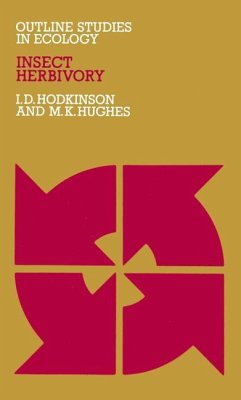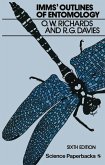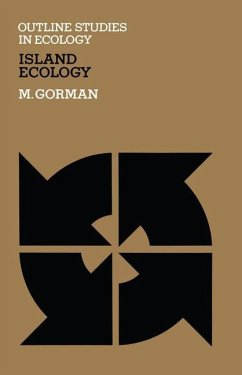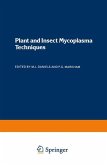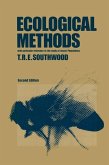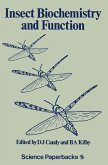This book attempts to summarize what we know about inseet-plant relationships without beeoming too involved with untestable hypo theses. It is not intended to be eomprehensive and we have deliberately excluded diseussion of aquatie organisms and fungi. Our definition of inseet herbivores is intentionally broad. It includes all inseets whieh feed on plants, although we have emphasized those whieh feed primarily on the photosynthetie tissues. Some referenee is made to seed predation but pollination eeology is excluded. We thank Ors P.H. Smith and M. Luxton for their helpful eommenb on the manuseript but we accept full responsibility for any mistakes whieh may remain. Finally, we thank the various publishers and a uthor~ who gave us permission to use copyright material. 7 I Introduction The net primary produetion of the 300000 speeies of vaseular plant whieh inhabit the dry land surfaee of the earth has been estimated at 9 about 115 x 10 t per annum. This represents a massive resouree potentially available for exploitation by the herbivorous inseets, which themselves probably number in exeess of 500000 species.
Hinweis: Dieser Artikel kann nur an eine deutsche Lieferadresse ausgeliefert werden.
Hinweis: Dieser Artikel kann nur an eine deutsche Lieferadresse ausgeliefert werden.

